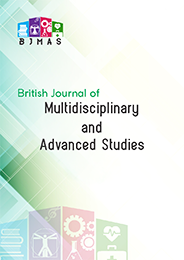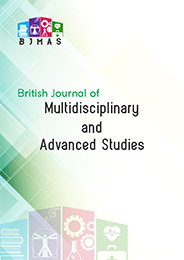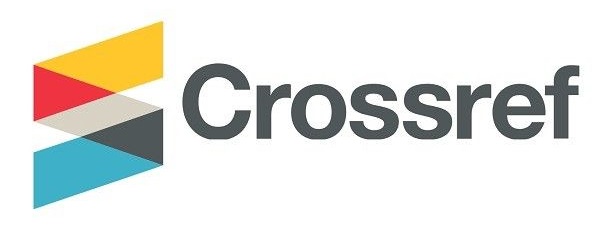Evaluating Impact of Agricultural Land Use on CO₂ Sequestration and Oxygen Release: A Case Study in Aranyik Subdistrict, Thailand
DOI:
https://doi.org/10.37745/bjmas.2022.04232Abstract
This study investigates the impact of various agricultural land use practices on CO₂ sequestration and oxygen release in Aranyik Subdistrict, Mueang District, Phitsanulok Province, Thailand. The region, characterized by lowland plains and a network of canals, supports diverse agricultural activities, with rice paddies dominating the landscape. Our analysis revealed significant variability in biomass distribution and carbon sequestration potential across different land use types. Eucalyptus plantations demonstrated the highest CO₂ sequestration and oxygen release rates, highlighting their role in climate change mitigation. However, the ecological implications of such monocultures, including water consumption and soil health, warrant careful consideration. In contrast, other land use types, such as mixed grasslands, lime orchards, and rice fields, exhibited lower sequestration rates but are crucial for maintaining biodiversity and supporting sustainable land management. This study underscores the importance of integrated land use strategies that balance carbon storage with ecological health, providing valuable insights for regional land use policy and climate change mitigation efforts. Further research should explore temporal land use changes and their broader environmental impacts to enhance the sustainability of agricultural practices in the region.
Downloads
Downloads
Published
Versions
- 28-01-2025 (2)
- 28-01-2025 (1)












